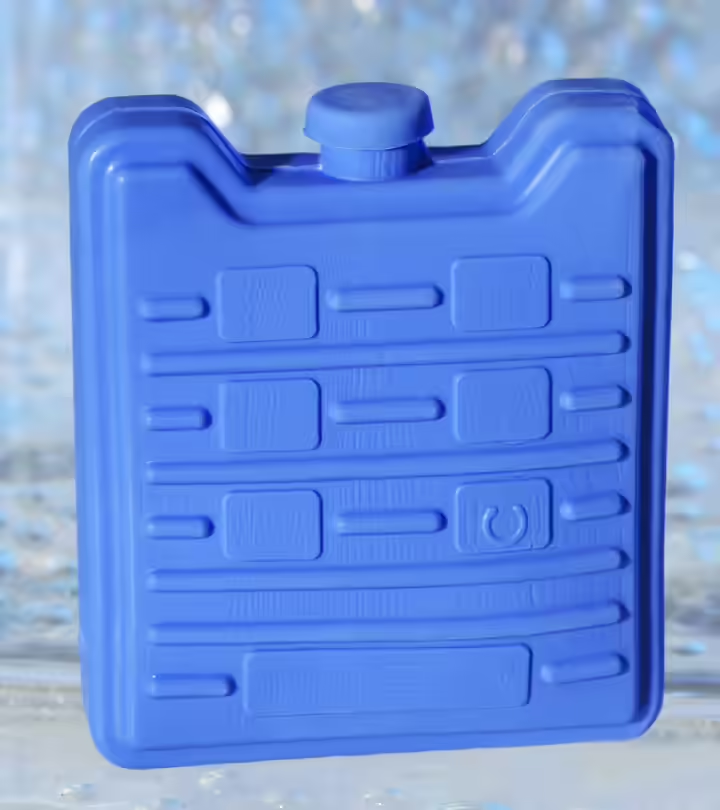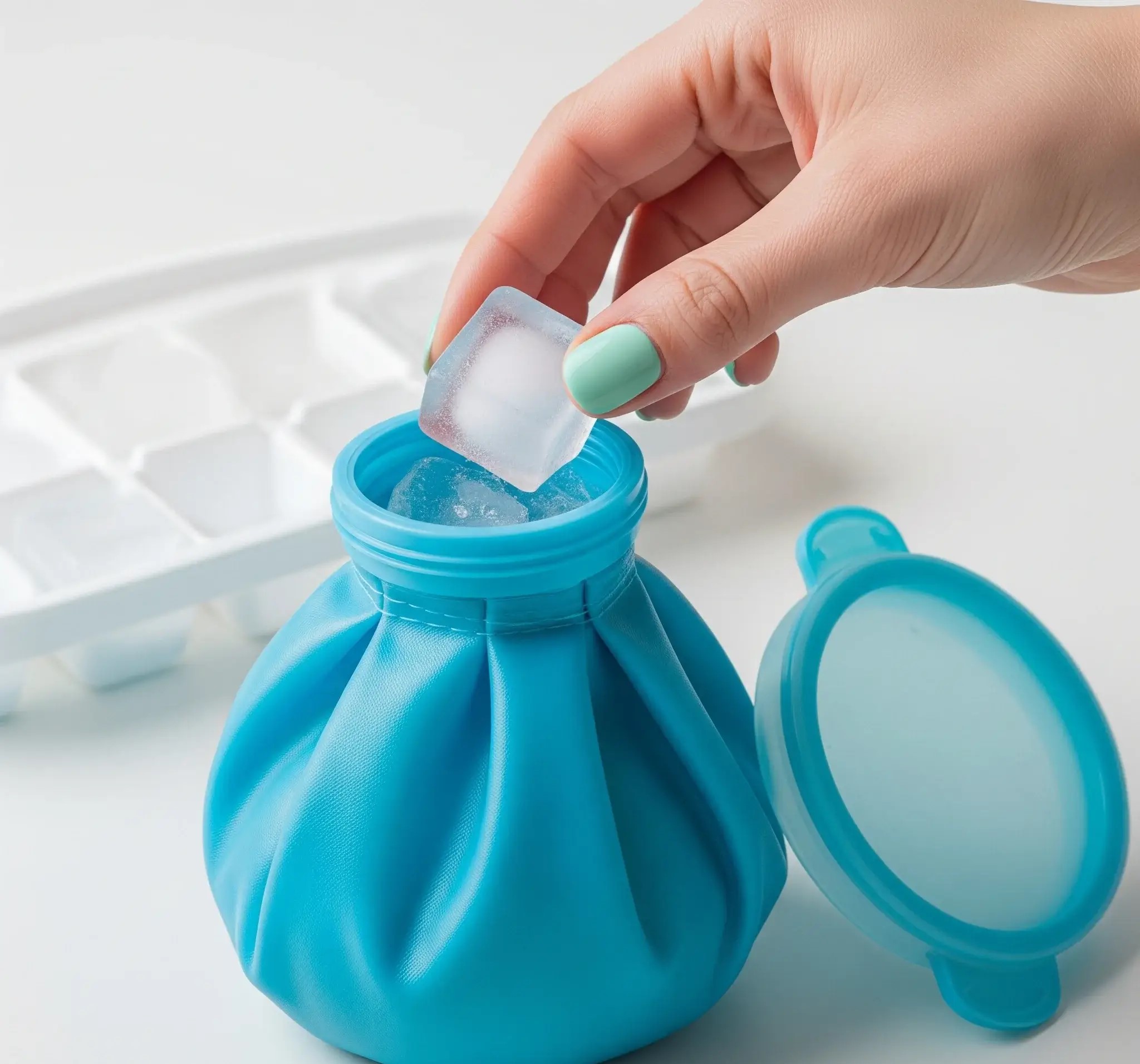Got a new tattoo and wondering how to deal with the pain or swelling? You’re not alone.
One of the most common questions people ask right after getting inked is, “can you ice a tattoo?”
The skin feels sore, puffy, and maybe even a little hot — and naturally, you want quick relief.
In this simple guide, we’ll answer that question in the clearest way possible. We’ll explain whether it’s safe to use ice on a fresh tattoo, how to do it correctly, and what to avoid so you don’t mess up your new ink.
Whether it’s your first tattoo or your fifth, knowing the right aftercare can make all the difference in healing fast and keeping your tattoo looking great.
Can You Ice A Tattoo?
Getting a tattoo is an exciting and sometimes painful experience. After the artwork is done, your focus shifts to aftercare, which plays a vital role in healing.
One common question that people ask is: “Can you ice a tattoo?” The answer isn’t as simple as yes or no — it depends on how and when you do it.
In this article, we will discuss everything about icing a tattoo, including benefits, side effects, and alternatives.
How To Ice A New Tattoo?
Here’s how you can safely apply ice to a fresh tattoo:
- Clean the Area: Ensure the tattooed skin is clean and free from excess ointment or blood.
- Use a Barrier: Never place ice directly on the skin. Wrap the ice pack or a few ice cubes in a clean, soft towel or cloth.
- Gentle Application: Place the wrapped ice on the tattoo gently. Do not press or rub the area.
- Timing: Keep the ice pack on for 10–15 minutes at a time, then take a break. You can repeat this a few times throughout the day.
- Monitor the Skin: If you notice numbness, discoloration, or excessive redness, stop icing and consult your tattoo artist or a medical professional.
Methods For Using An Ice Pack On A Tattoo
There are several safe ways to apply cold to a tattoo:
- Reusable Ice Packs: These are convenient and easy to wrap in cloth. Just make sure it’s not too cold or directly touching the skin.
- Frozen Vegetable Bag: A frozen bag of peas or corn molds easily to the body and provides an even cold surface.
- DIY Cold Compress: Wrap ice cubes in a towel or use a zip-lock bag filled with ice water and wrap it with a thin cloth.

How To Make A Cold Compress?
A cold compress can be easily made at home:
- Fill a clean plastic bag with ice or ice water.
- Wrap the bag in a thin, soft towel or piece of cloth.
- Apply it gently over the tattooed area for short intervals.
This method provides a cold surface without direct contact, minimizing the risk of skin damage.
How Often Should You Ice A Tattoo?
You can ice a new tattoo every 3 to 4 hours during the first 24–48 hours after getting inked. Avoid over-icing, as this can restrict blood flow and delay healing.
After the initial two days, icing is usually no longer necessary unless swelling or discomfort continues.
The Benefits Of Icing A Tattoo
There are several benefits of applying ice to a new tattoo:
- Reduces Swelling: Icing helps shrink blood vessels, reducing inflammation.
- Minimizes Pain: Cold numbs the nerve endings, providing temporary pain relief.
- Controls Bruising: Icing can prevent excessive bruising and redness around the tattooed area.
- Decreases Itching: As the tattoo heals, it may become itchy. Icing can provide temporary relief from the urge to scratch.
Side Effects Of Using Ice Pack On Tattoos
While icing can be helpful, there are risks if not done properly:
- Frostbite: Direct contact with ice can damage skin cells, causing frostbite.
- Overuse: Prolonged or frequent icing may restrict blood flow, slowing the healing process.
- Infection Risk: Using an unclean cloth or pack can introduce bacteria to the tattooed skin.
- Ink Disruption: In rare cases, too much pressure or cold can cause minor disturbances in the ink, especially in the early stages.

Alternatives To Icing For Tattoo Aftercare
If icing isn’t suitable or comfortable, try these alternatives:
- Elevate the Tattooed Area: If possible, keep the tattooed limb raised to reduce swelling.
- Apply a Cold Wet Cloth: A soft washcloth soaked in cold water can offer gentle cooling.
- Use Tattoo-Friendly Cooling Gels: Some tattoo aftercare products offer a soothing effect similar to icing.
- Take Anti-inflammatory Medication: Over-the-counter pain relievers like ibuprofen can help with swelling and pain.
What Are the Advantages of Applying Ice To A New Tattoo?
Here’s a detailed look at the specific advantages of icing a fresh tattoo:
- Fast Pain Relief
Ice numbs the affected area, offering quick relief from the burning or stinging sensation that often follows a tattoo session. - Improved Comfort During Sleep
A fresh tattoo can throb or ache, especially during sleep. Icing before bed can reduce discomfort and help you rest better. - Helps Prevent Excessive Inflammation
Especially for large or color-heavy tattoos, icing helps control excessive inflammation which could otherwise lead to complications. - Prevents Fluid Buildup
Cold therapy can prevent fluid or lymph buildup under the skin, reducing the risk of blistering or bubbling in some tattoos. - Reduces Post-Tattoo Anxiety
The physical sensation of cooling can have a calming psychological effect, helping to reduce anxiety about the healing process.
Final Thoughts
So, can you ice a tattoo? Yes — if done correctly. It can be a great way to manage early pain and swelling. Just remember: never apply ice directly to the skin, keep it clean, and don’t overuse it.
If you’re ever in doubt, consult your tattoo artist or a healthcare professional for personalized advice.
Taking care of your new tattoo properly will ensure it heals beautifully and stays vibrant for years to come.
Read More Articles:
- [Essential] Guide To Tanning Bed Use With New Tattoos!
- Can I Use Olive Oil On My Tattoo? Full Aftercare Guide
- Why Is My Tattoo Turning White? Causes & How to Fix It
- How Bad Does An Ankle Tattoo Hurt? Real Pain Guide
- Oops! [Scratched] Your Tattoo In Sleep? Quick Fixes Here!
- Jergens For Tattoos: [Smart] Aftercare Or Risky Business?
- [Innovative] Methods To Apply Tattoo Stencils Without Deodorant
- The Healing Tattoo: [Why] Ink Loss Is Part of the Process!
- New Tattoo? [Learn] When Tanning Is Safe Again!
- [Week-Old] Tattoos: [Can You] Use Fake Tan Without Risk?
- Considering A Tattoo? [Weigh] Accutane’s Impact First!
